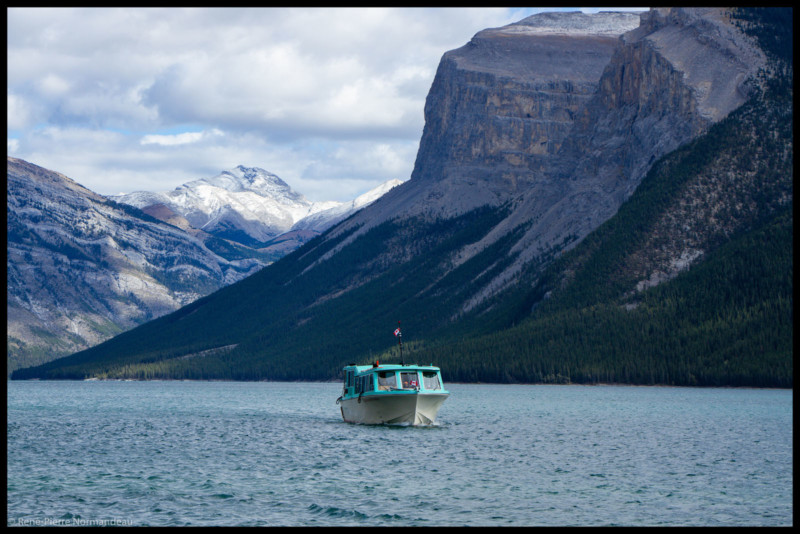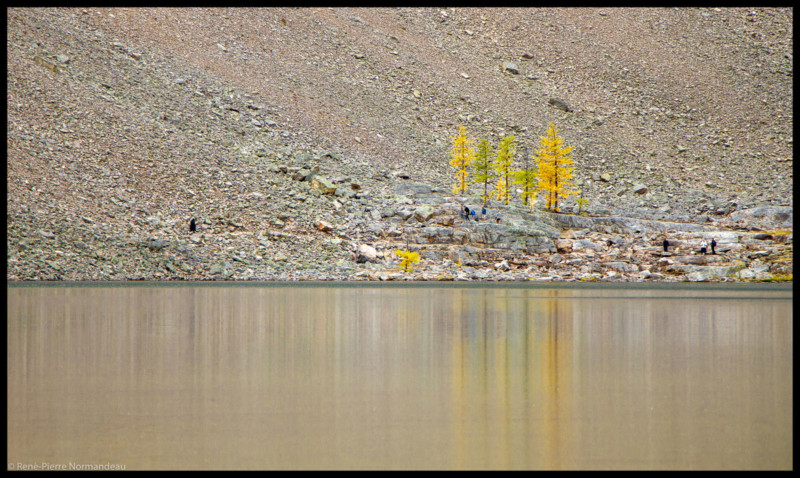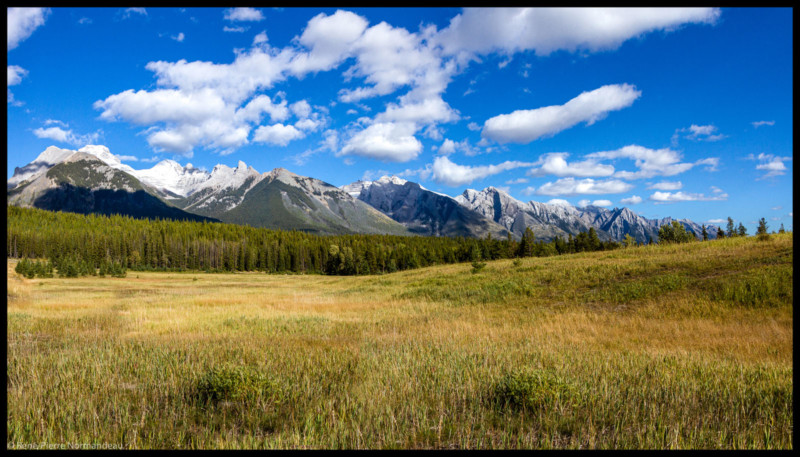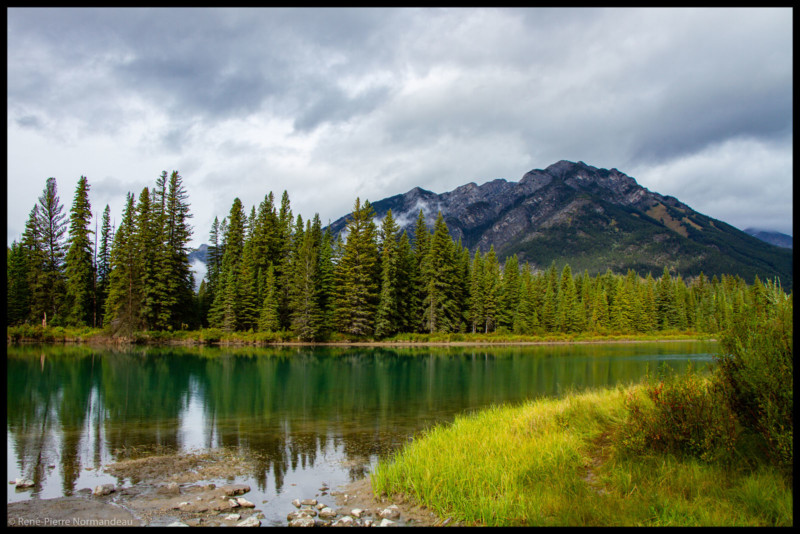The Day I Ditched Pro-Grade Lenses as a Photographer
![]()
It was a scary choice, but I did it, and it ended up being a good choice.
![]()
As I grew in photography, I invested in the real deal: brand-new professional-quality high-end lenses. I bought the “holy trinity” of “red ring” L series lenses for many thousands of dollars and wow, the quality was there no doubt! Pro glass was a good investment, and I enjoyed every image I made on many contracts with these. My image quality was better, yes.
But…
Even if I do like these lenses, there was something that kept coming back to my mind. I just never forgot how great it was during the years I was able to own just one lens that was capable of doing it all.
One day I finally undusted my old 28-200mm and went out in my backyard for a quick shoot. Maybe I could fall in love with it again. Why not? Some people are buying various old lenses.
Meh. It was terrible.
I couldn’t believe how bad the images came out. My eyes and expectations were at the pro-grade level now, and I cannot go back.
I just wish so badly that one day we could leave home with a perfect camera-and-lens kit to do it all. I mean, we drive electric speed cars and we fly into space, so there’s hope for that, right?
Like most of us, I keep myself informed with the Web, pro shops, and contacts. I did a couple of searches in recent years and most of the time the general consensus about single do-it-all lenses was never very good.
After saving money for a new camera body but not spending it because I felt I couldn’t find what I was looking for — I am not in a hurry for this — I decided to invest in a trip instead, thinking that would be a good photography investment. Spoiler: it was.
The thing is, I didn’t really have the option of bringing my trinity of pro lenses on that trip. Ouch. I was going to an awesome place to shoot the best landscape in the country but without my whole kit.
My option was then either to bring my pro 24-70mm — super sharp but heavy enough to ruin the day when hiking, and its range was ok but not awesome — or to get a different lens (either buy, rent, or borrow it).
After days of hard reflection and a couple more local hiking days with my pro-level 24-70mm, I decided that I must at least try again to find a new or recent travel lens that could be good enough for my trip. So again, the wide search began.
Thanks to Gordon Laing‘s very detailed pages about lenses and other good reviews and videos I enjoyed, I was able to complete my research and settle on a choice. I ended up buying a previously owned, rarely used 18-135mm travel lens with image stabilization, and for a very good price too. I did it.
![]()
Now I just had to test it before leaving for the trip. To my great surprise, the quality was “sharp enough”. Was it equal or better than my pro lenses? Of course not. Was it good? Yes!
That day, in front of my Lightroom screen, a weight was lifted out of my shoulders. I felt I may have finally found what I had been looking for.
Then the trip happened. Many photos were shot in a variety of situations, from sunny to rainy scenes, from wide to zoom images. Then I was back home and in Lightroom and… the photos were good! I was happy. My images were great. My choice was a good one; one versatile lens.





At home, I decided to give more chances to that ultra-zoom lens, so I tested out my 18-135mm in other personal shoots and again, the same feeling — I was happy. It is not as good as my pro-grade glass, but it is good enough for me to choose that lens as my go-to one from now on.
As for my professional lenses, I do keep them and plan to use them when I need to and during my paid photography jobs.
I hope this story can help some photographers like me who are wondering about ultra-zoom travel lenses. My advice would be: do your research because not all travel lens is good, try before you buy if you can, and once you feel you found one, take the jump.
Do not fear having a non-professional lens mounted on your camera. That might be one way to enjoy more photography and to bring your camera with you more often.
The opinions expressed in this article are solely those of the author.
About the author: Rene-Pierre Normandeau started photography because his father did not want to lend him his old Minolta 35mm, a camera that eventually became his tool for several years. Influenced by sports, action, speed, and movement, he mainly focuses his art on these subjects, but also on landscapes, nature, and travel. His company Polar Media is based in Mont-Tremblant, Quebec in Canada. You can find more of his work on his website and Instagram.